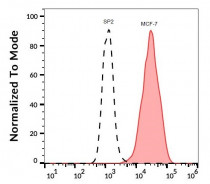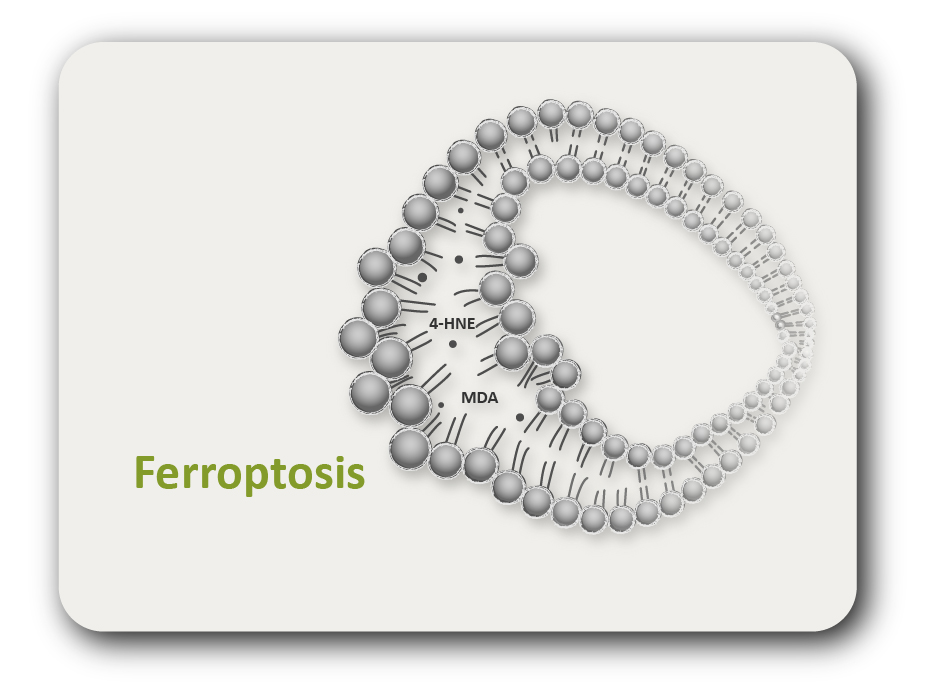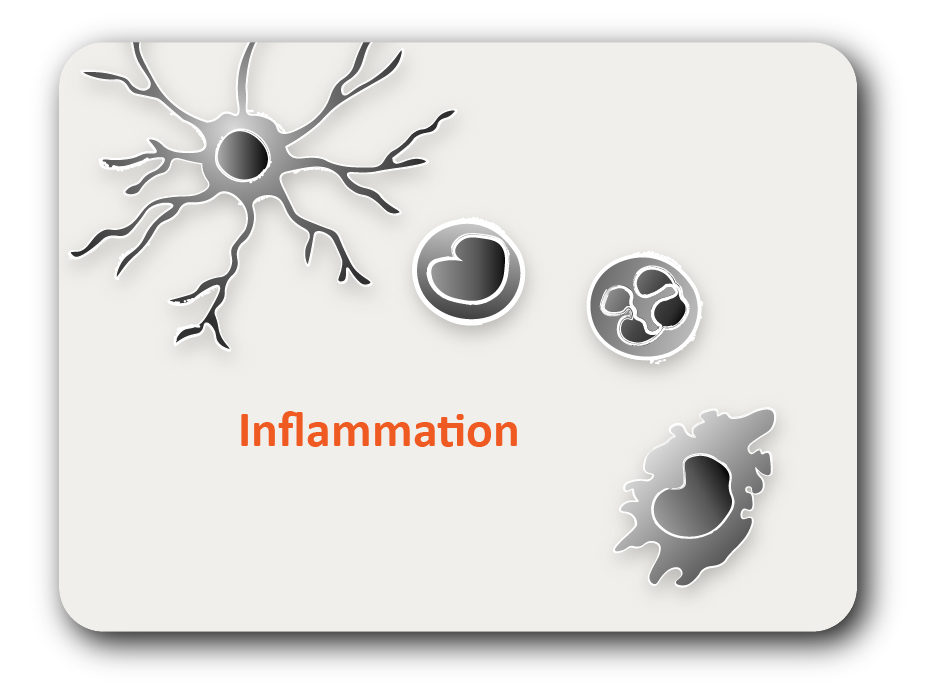ARG62816
anti-EpCAM antibody [VU-1D9] (FITC)
anti-EpCAM antibody [VU-1D9] (FITC) for Flow cytometry and Human
Controls and Markers antibody; Epithelial Marker antibody; Circulating Tumor Cells BioMarker antibody
概述
| 产品描述 | FITC-conjugated Mouse Monoclonal antibody [VU-1D9] recognizes CD326 / EpCAM |
|---|---|
| 反应物种 | Hu |
| 应用 | FACS |
| 特异性 | The clone VU-1D9 recognizes an epitope within EGF-like domain I of CD326 / EpCAM, a marker of epithelial lineages. This antibody strongly stains various normal epithelial cells and carcinomas. |
| 宿主 | Mouse |
| 克隆 | Monoclonal |
| 克隆号 | VU-1D9 |
| 同位型 | IgG1 |
| 靶点名称 | EpCAM |
| 抗原 | Small cell lung carcinoma cell line H69. |
| 偶联标记 | FITC |
| 別名 | MIC18; EGP; Tumor-associated calcium signal transducer 1; Epithelial glycoprotein 314; KSA; Ep-CAM; Epithelial cell surface antigen; Adenocarcinoma-associated antigen; HNPCC8; Cell surface glycoprotein Trop-1; EGP40; TACSTD1; KS1/4; hEGP314; Major gastrointestinal tumor-associated protein GA733-2; M4S1; MK-1; Epithelial glycoprotein; KS 1/4 antigen; ESA; DIAR5; EGP314; Epithelial cell adhesion molecule; EGP-2; TROP1; CD antigen CD326 |
应用说明
| 应用建议 |
|
||||
|---|---|---|---|---|---|
| 应用说明 | * The dilutions indicate recommended starting dilutions and the optimal dilutions or concentrations should be determined by the scientist. |
属性
| 形式 | Liquid |
|---|---|
| 纯化说明 | The purified antibody is conjugated with Fluorescein isothiocyanate (FITC) under optimum conditions. The reagent is free of unconjugated FITC and adjusted for direct use. No reconstitution is necessary. |
| 缓冲液 | PBS, 15 mM Sodium azide and 0.2% (w/v) high-grade protease free BSA |
| 抗菌剂 | 15 mM Sodium azide |
| 稳定剂 | 0.2% (w/v) high-grade protease free BSA |
| 存放说明 | Aliquot and store in the dark at 2-8°C. Keep protected from prolonged exposure to light. Avoid repeated freeze/thaw cycles. Suggest spin the vial prior to opening. The antibody solution should be gently mixed before use. |
| 注意事项 | For laboratory research only, not for drug, diagnostic or other use. |
生物信息
| 数据库连接 | |
|---|---|
| 基因名称 | EPCAM |
| 全名 | epithelial cell adhesion molecule |
| 背景介绍 | EpCAM is a carcinoma-associated antigen and is a member of a family that includes at least two type I membrane proteins. This antigen is expressed on most normal epithelial cells and gastrointestinal carcinomas and functions as a homotypic calcium-independent cell adhesion molecule. The antigen is being used as a target for immunotherapy treatment of human carcinomas. Mutations in this gene result in congenital tufting enteropathy. [provided by RefSeq, Dec 2008] |
| 生物功能 | EpCAM may act as a physical homophilic interaction molecule between intestinal epithelial cells (IECs) and intraepithelial lymphocytes (IELs) at the mucosal epithelium for providing immunological barrier as a first line of defense against mucosal infection. Plays a role in embryonic stem cells proliferation and differentiation. Up-regulates the expression of FABP5, MYC and cyclins A and E. [UniProt] |
| 研究领域 | Controls and Markers antibody; Epithelial Marker antibody; Circulating Tumor Cells BioMarker antibody |
| 预测分子量 | 35 kDa |
| 翻译后修饰 | Hyperglycosylated in carcinoma tissue as compared with autologous normal epithelia. Glycosylation at Asn-198 is crucial for protein stability. |
检测图片 (1) Click the Picture to Zoom In
克隆号文献








